Today we went to see if we could get permission to go into the grounds of the adjacent hotel, the Paradisus de Oro, to survey the butterflies there as the grounds have more more mature trees and shrubs and lots of nectar sources. As we arrived we bumped into Carlos, the bird guide, who was just taking a British birder and artist, Les McCallum, for a walk along the nearby tracks around the edge of the adjacent small National Park to see what birds they could find. I joined them and left Lynn to seek the necessary permission. We heard both Mangrove Cuckoo and Cuban Lizard-cuckoo and saw a good selection of warblers and Ovenbird and American Redstart but the finding of a Bauhinia bush got me rather interested as I knew from our trip to Soroa in June that this is the foodplant of the two Aguna skippers neither of which we had yet seen. In Cuba this is known as Pata de vaca or literally 'cow's foot' from the shape of the leaf. There was quite a lot of feeding damage that quickly revealed larvae in folded leaf shelters and it wasn't long before I noticed at least two female Gold-spotted Aguna Aguna asander buzzing about and occasionally ovipositing on the small new shoots. These young leaves are at first folded in half along the mid-vein and so the eggs are laid on what is the underside of the leaf after the leaf opens. I did also find a couple of eggs that had been laid on the upper surface of the leaves and that is certainly what Rayner Núñez has observed and photographed at Habana. The adults were far from easy to photograph as they rarely settled except to oviposit and then only for a moment and usually obscured. The tree didn't look terribly healthy but we nonetheless found several eggs and larvae of differing sizes.
|
Cuban Blackbirds are perhaps the commonest bird in the hotel gardens. Along with House Sparrows and smaller numbers of Greater Antillean Grackle and occasional Tawny-shouldered Blackbird they are constant companions at the outdoor restaurants and are quick to hop onto the tables given an opportunity. The Cuban Blackbirds have the curious habit of snatching the small plastic packets of sugar placed on the tables for tea and coffee and have become very adept at opening these to eat the contents. It can't be good for them, just as too much sugar is not good for us humans. About 150 of these birds roost on the exposed roof trusses of the Luna pool bar at night and one evening near the end of our holiday while Lynn was having a swim in the pool all hell broke loose when a bird of prey came and sat in one of the palms beside the pool just as the birds were gathering to roost. Lynn rushed back to the room to get me but by the time I got back there the hawk had moved position to a tree at the front of the hotel. I never did see it which was rather frustrating. Today we went to see if we could get permission to go into the grounds of the adjacent hotel, the Paradisus de Oro, to survey the butterflies there as the grounds have more more mature trees and shrubs and lots of nectar sources. As we arrived we bumped into Carlos, the bird guide, who was just taking a British birder and artist, Les McCallum, for a walk along the nearby tracks around the edge of the adjacent small National Park to see what birds they could find. I joined them and left Lynn to seek the necessary permission. We heard both Mangrove Cuckoo and Cuban Lizard-cuckoo and saw a good selection of warblers and Ovenbird and American Redstart but the finding of a Bauhinia bush got me rather interested as I knew from our trip to Soroa in June that this is the foodplant of the two Aguna skippers neither of which we had yet seen. In Cuba this is known as Pata de vaca or literally 'cow's foot' from the shape of the leaf. There was quite a lot of feeding damage that quickly revealed larvae in folded leaf shelters and it wasn't long before I noticed at least two female Gold-spotted Aguna Aguna asander buzzing about and occasionally ovipositing on the small new shoots. These young leaves are at first folded in half along the mid-vein and so the eggs are laid on what is the underside of the leaf after the leaf opens. I did also find a couple of eggs that had been laid on the upper surface of the leaves and that is certainly what Rayner Núñez has observed and photographed at Habana. The adults were far from easy to photograph as they rarely settled except to oviposit and then only for a moment and usually obscured. The tree didn't look terribly healthy but we nonetheless found several eggs and larvae of differing sizes. A few days later when we returned to have another go at photographing the adults we didn't see any and all the larvae had been predated. presumably by birds. But they weren't the only larvae that we found that day as there was a small Hawk-moth Sphingidae larva and also a Nymphalid larva that proved to be a Gray Cracker Hamadryas februa. Like all Nymphalid larvae it was well protected with a battery of spines. Back near our hotel I noticed a Yellow-bellied Sapsucker tree that I'd never noticed before. The birds drill very distinctive horizontal rows of holes in the trunk to which they return regularly to drink the sap and eat any insects that gather there. Just over the road is the stables with a row of Citrus trees on which there were several larvae of Lime Swallowtail Papilio demoleus of various sizes. Carlos told us to look out for Anolis equestris Cuban Knight Anole on the trunks of large trees but all we saw were Cuban Blue Anole Anolis allisoni and Cuban Green Anole Anolis porcatus. I keep a spreadsheet of the months in which each species have been seen (not just by us but others as well) and when this is a little more complete I will incorporate the information in the species texts. In Cuba many species are continuously brooded and can probably be seen in every month of the year but there are others that probably have just one brood a year. On this trip there were fourteen species that we saw every day and three others that we saw every day but one. Of these the endemic Smudged Yellow Eurema lucina was the most abundant Pierid seen just as it had been last December. We also saw Fiery Skipper Hylephila phyleus everywhere in good numbers though this is something that we had only seen occasionally on our previous trips. We had been expecting that Lime Swallowtail Papilio demoleus would turn up sooner or later and we were right. This only started colonising Cuba from Hispaniola in 2007 and has been rapidly spreading westwards. We saw it everywhere we went and found larvae and pupae as well. The number of Gray Cracker Hamadryas februa was perhaps the biggest surprise as we had previously seen only small numbers on our earlier visits but this time we saw up to ten at a time and in all habitats. We also found and photographed all the life stages. Early in the morning I went down to the blue bridge crossing the lagoon adjacent to the hotel grounds and found a sign on the bridge saying that it was closed for repairs. Undeterred I crossed to the middle being careful to walk only on the line of the two longitudinal supports underneath. An osprey was sitting on the dead tree at the south end and the water was very low, lower than I had seen it before, resulting in areas of mud being exposed along the fringes and there were about a dozen black-necked stilts probing for food amongst the herons. A threatening black cloud and a clap of thunder sent me hurrying back to the room before we went off for breakfast. We later heard that the contract has been let for the building of a new bridge and work is due to be carried out in 2016. I'm glad about that as it is a wonderful place to go birding in the early mornings and with eight species of heron usually present and lots more on offer the lagoon is a big attraction for birders. We spent the day exploring the hotel grounds and found a Cuban Sicklewing Eantis papinianus larva in a leaf fold on a young Citrus tree that had been planted. Foolishly I left it there without photographing it - bad mistake. I went back the next day to do so and it had already been predated. We have not yet seen the adults in this area. As I have mentioned earlier we found lots of larvae on this trip, partly due to spending more time looking for them though some, especially Tropical Buckeye Junonia zonalis, were so common that it was difficult to miss them. I also watched a Three-spotted Cymaenes tripunctus lay an egg on a long grass blade. The larva is currently 9mm long and about to shed its skin. There were also many noctuid larvae of an as yet unidentified species that were feeding on a wide variety of shrubs and in some cases stripping them of much of the foliage. A quiet day today as we adjusted to the heat - but lots of good stuff to come!
We are just back from our latest trip to Guardalavaca, Cuba. The weather during the summer ‘wet’ season has been extraordinarily dry for much of Cuba but there had been some welcome rain during the last three weeks of October which meant that there was a great abundance of many butterflies – we had timed it just right! Things like Gray Cracker Hamadryas februa which we had previously seen only in small numbers were everywhere and we found and photographed all of its life stages too! In all we saw 82 species (including 9 swallowtails and 27 skippers) and most were close to the hotel though we did have two day trips out to Gibara about 30 miles away. More details will follow on later blogs but some of the highlights were:
|
Welcome to our Blog
Here we will post interesting news about what we and others have seen in Cuba. Archives
July 2024
Categories |
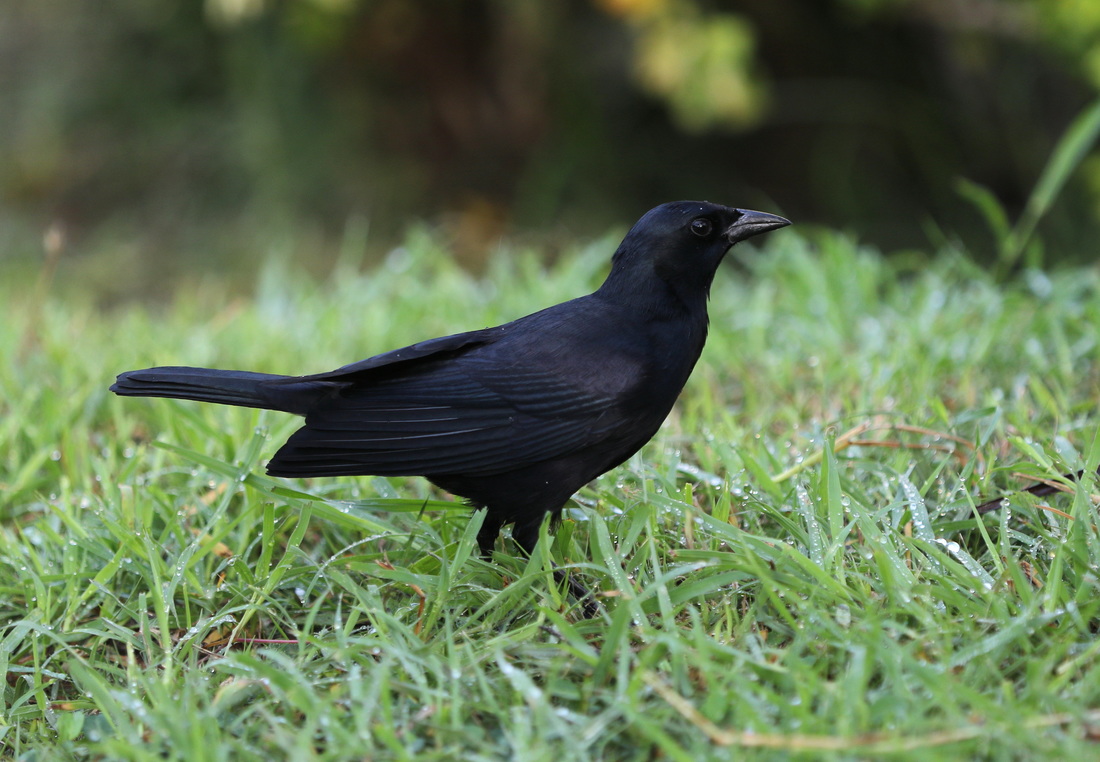
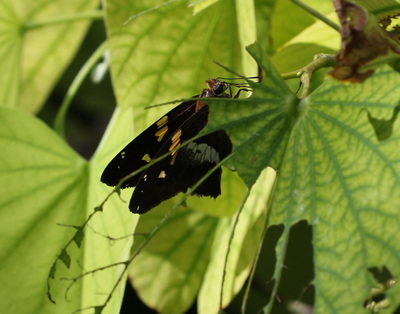
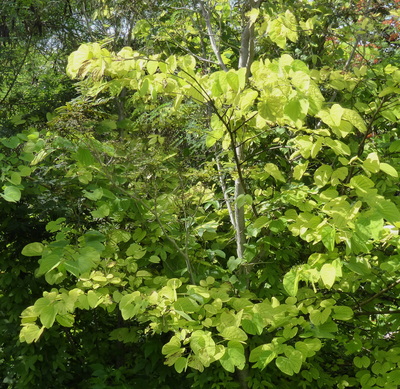
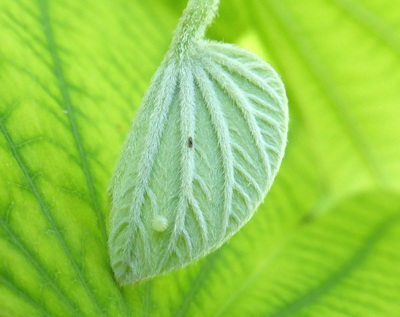
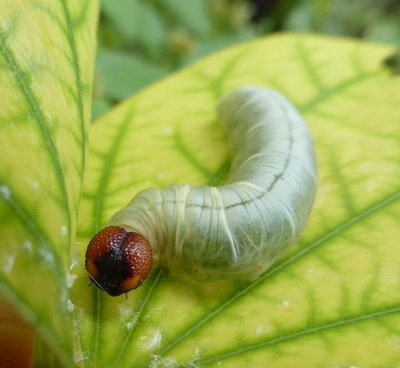
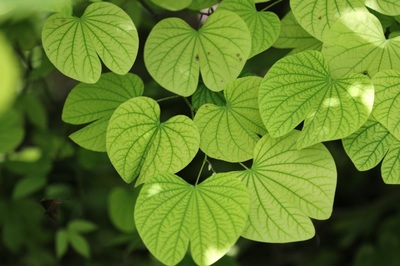
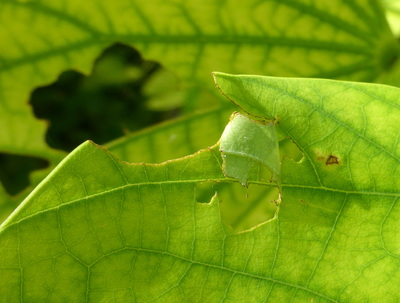
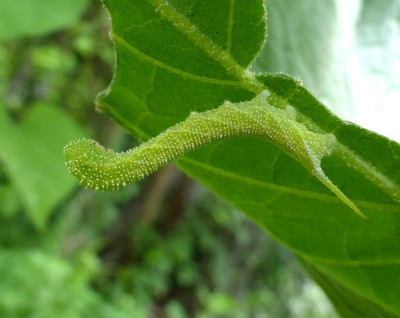
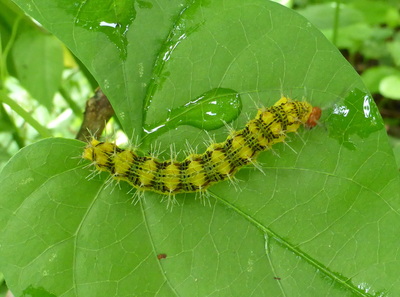
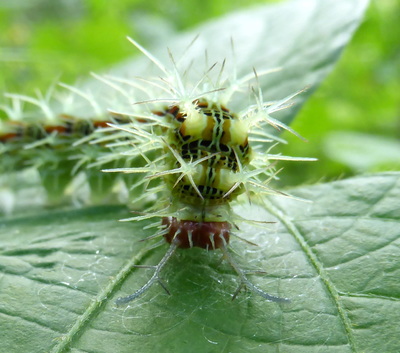
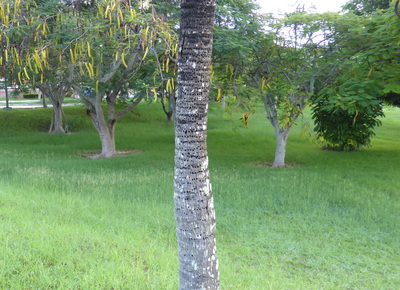
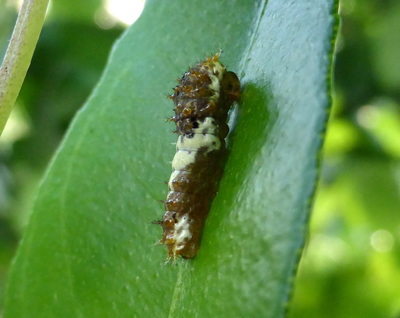
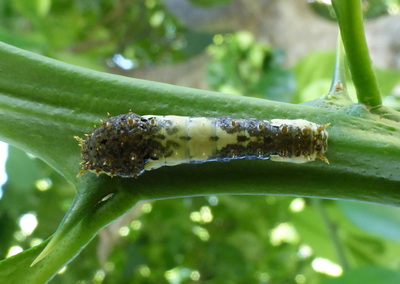
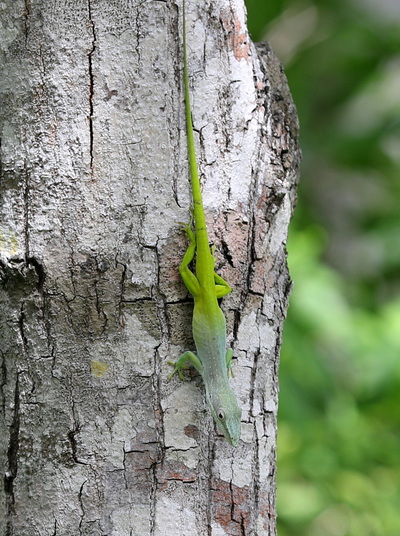
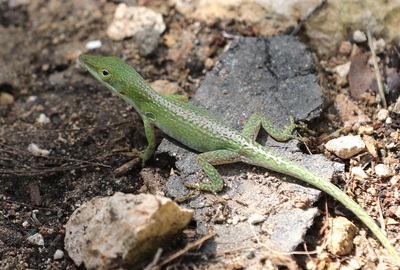
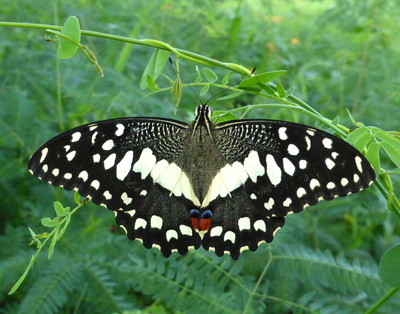
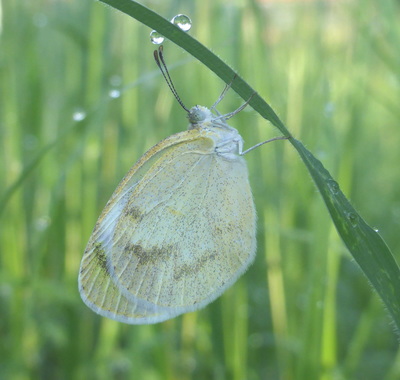
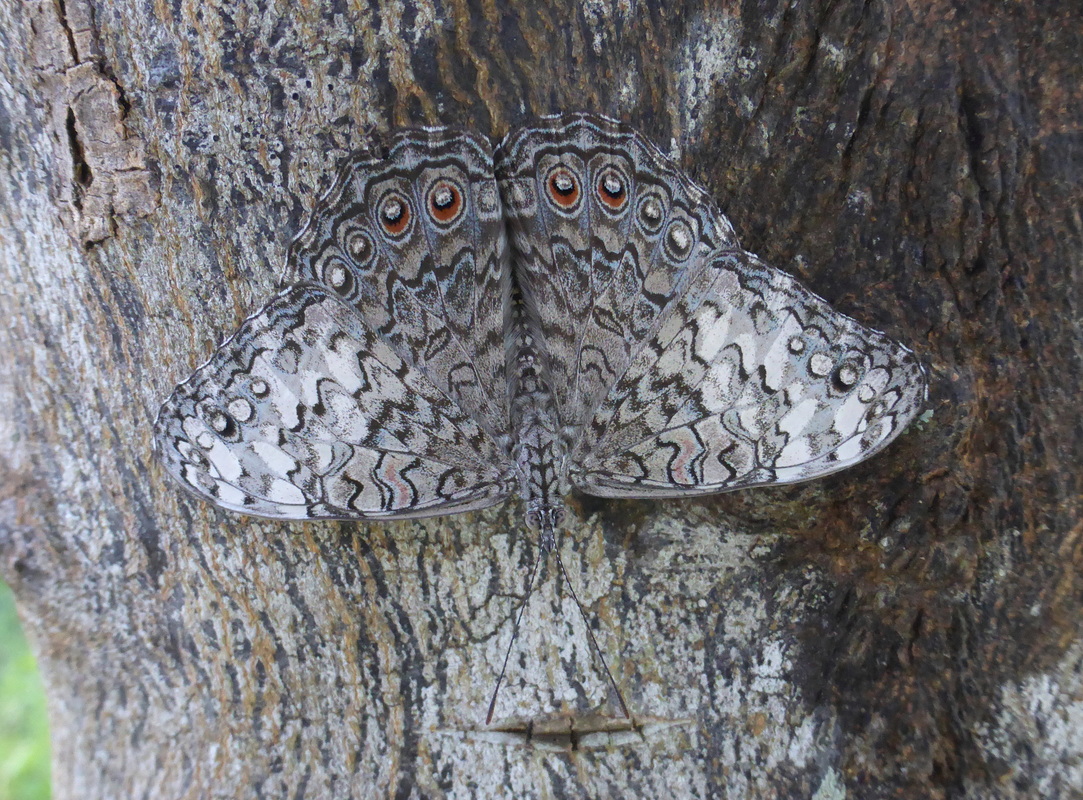
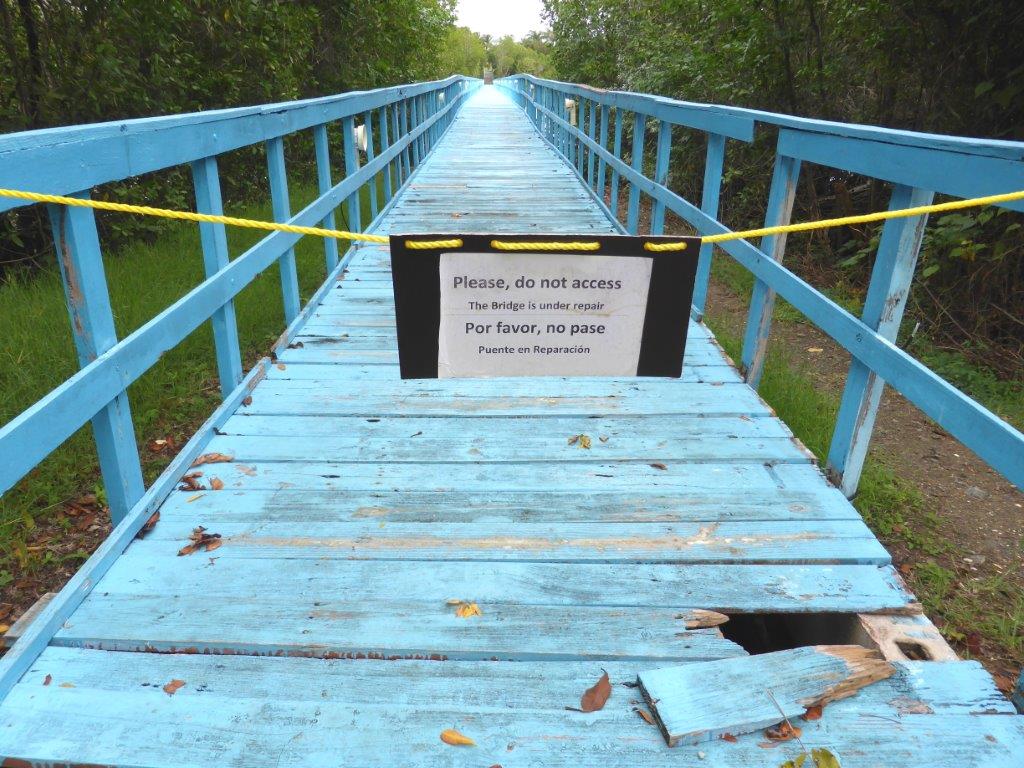
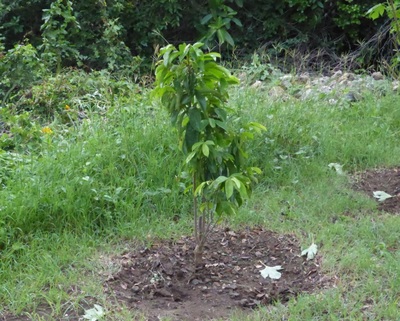
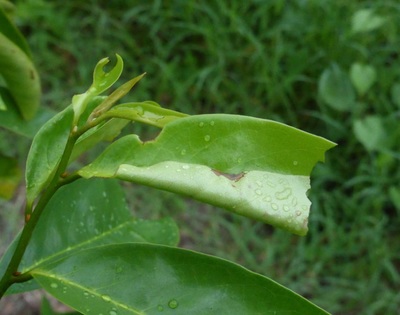
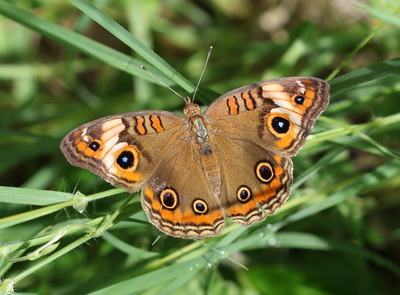
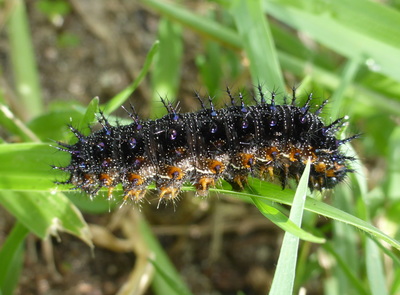
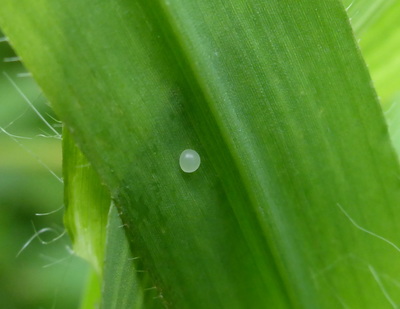
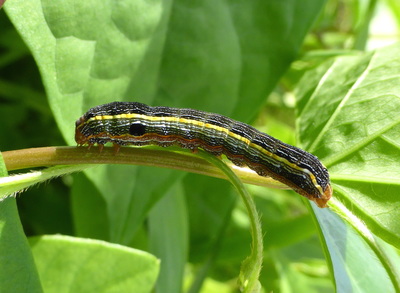
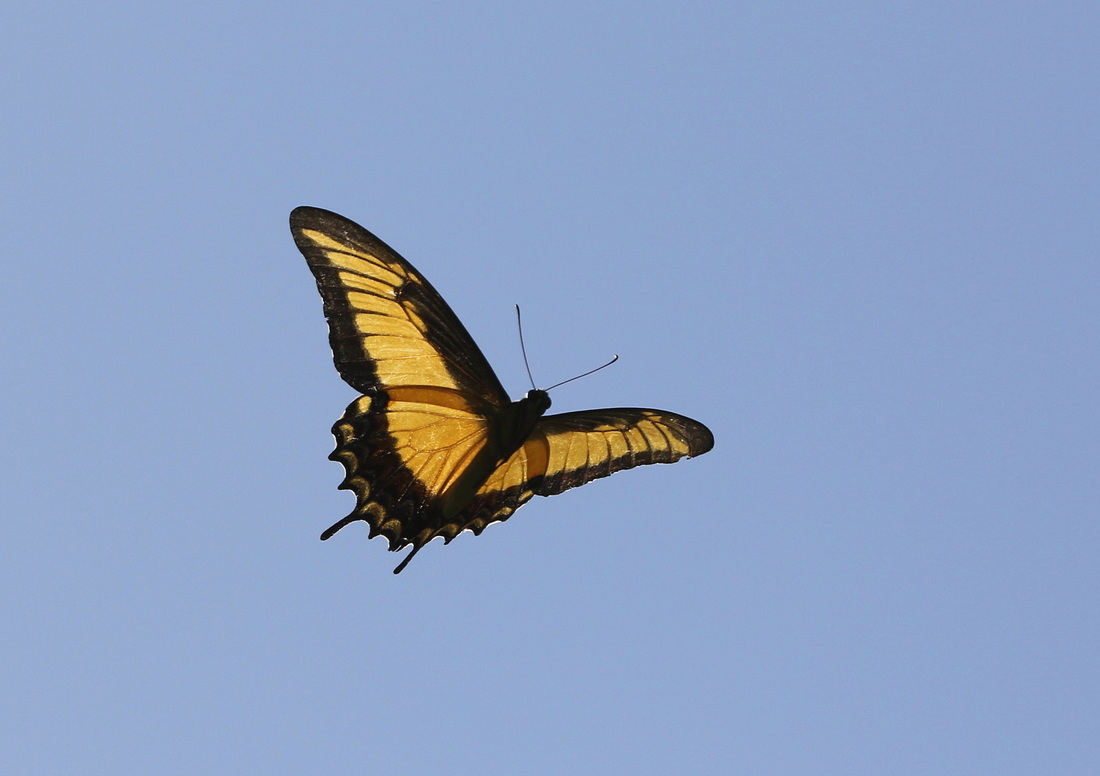
 RSS Feed
RSS Feed